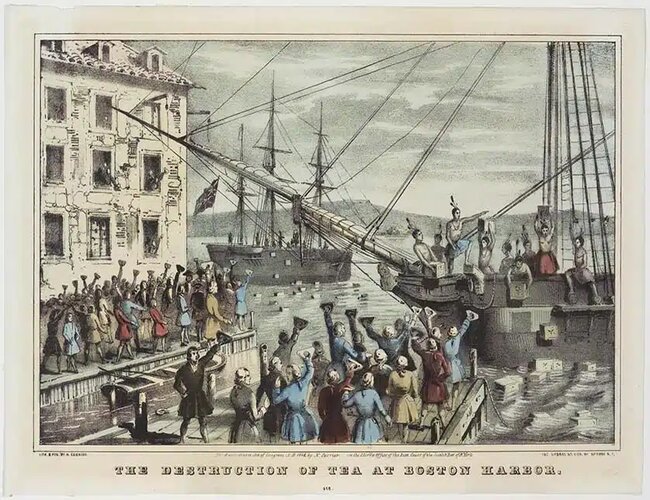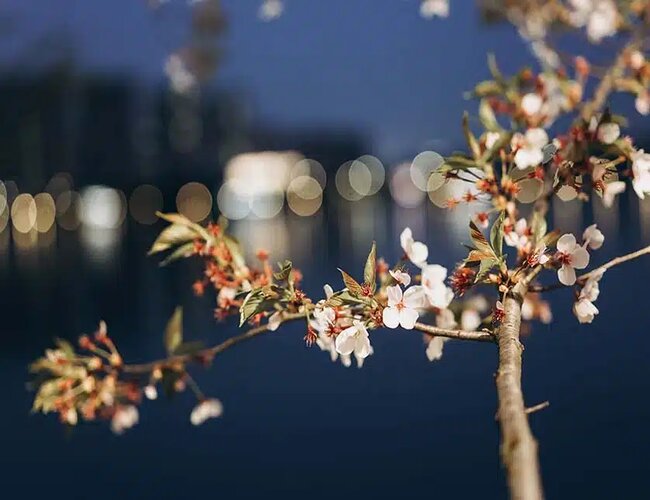Since I?€?m British, I know that I am supposed to prefer tea over coffee, but there is nothing better than starting off the day with a cup of coffee, or as they call it in America ?€? a cup of Joe.
Coffee isn?€?t just a stimulant, it also puts me in a better mood and motivates me to start the day. According to Andrew Huberman, a neuroscientist who hosts one of my favourite podcasts, caffeine makes us feel better in the immediate minutes before and after ingestion.
It increases the number of dopamine receptors in the reward pathway of the brain and also serves as a strong reinforcer that subconsciously drives behaviour. Therefore, if you pair caffeine with certain foods, or certain activities, you will then gain a preference for them.
Whilst both tea and coffee have similar health benefits, coffee contains at least twice as much caffeine than tea ?€? providing a more immediate energy boost. Tea, on the other hand, contains L-theanine, which metabolises caffeine over a long period of time, giving you a more calming and sustained energy boost.
Tea was first grown in China and was originally used as a medicinal drink. According to legend, around 2737 BC, Emperor Shennong was sitting beneath a tree drinking a bowl of boiled water when some leaves from the tree blew into his bowl. The leaves changed the taste and colour of the Emperor?€?s boiled water and thus tea was born.
Fast forward a few centuries, and the earliest mentions of tea in Europe are from the 16th century by Portuguese priests and merchants. The first Portuguese ships reached China in 1516, and in 1560 the first Portuguese account of Chinese tea was published. However, it was the Dutch who first established a commercial import, after later establishing a trading post on the island of Java.
Britain, on the other hand, was surprisingly late to the tea party, with tea first being sold in a London coffee house in 1658. It was then the marriage of King Charles II in 1662 to the Portuguese princess Catarina of Bragan??a that brought the tea drinking habit to court. Her love of the drink established tea as a fashionable drink that spread among the wealthy classes. Capitalising on this, the East India Company began to import tea into Britain from the island of Java.
For over a century, tea remained too expensive a drink to spread to the working classes due to heavy taxation on importing tea. By the late 18th century, illegal tea trade had spawned a huge, organised crime network. The heavy taxation also encouraged the adulteration of tea, often with other plants and sometimes poisonous copper carbonate.
By 1784, the government decided the high tax was more trouble than it?€?s worth and slashed it. The smuggling stopped overnight, and legal tea became affordable to everyone.
Tea was also very popular in the American colonies, among all classes. However, tea consumption began to decrease when the British government also began collecting tea taxes from its American colonies in 1767. This led to the Boston Tea Party protest six years later.
On December 16, 1773, a large group of colonists voted to refuse to pay the taxes on the tea or even allow the tea to be unloaded from the ships. Then, that night, over 100 men disguised themselves as Native Americans, boarded the docked ships and dumped 342 chests of tea, imported by the British East India Company, into the harbour. It took them over three hours to empty the chests that held over 45000 kg of tea, which would cost nearly one million dollars today.
This was the first act of defiance against British rule which later inspired all 13 colonies to fight for independence. The American Revolutionary War and later the War of 1812 further shifted the view of drinking tea in American culture. Many Americans switched from drinking tea to drinking coffee, considering tea drinking to be unpatriotic, which led to coffee becoming something of a national drink.
As I mentioned in the beginning, if you have ever watched American TV shows, you will often hear people calling a cup of coffee ?€?a cup of Joe?€?. Some theorise that the name ?€?Joe?€? is slang for ?€?the common man?€?, whilst others theorise that the term ?€?cup of Joe?€? originated in the navy.
In 1914, Josephus Daniels, secretary of the Navy, prohibited alcohol aboard naval vessels. Therefore, ever since, the strongest drink allowed on naval ships has been coffee. It is said that, out of spite, sailors began calling coffee a ?€?cup of Joe?€?. Either way, ?€?Joe?€? most likely comes from a shortening of jamoke ?€? itself a hybrid of java and mocha.
In the past decades, the American tea market has quadrupled, and tea bags were even invented in America in the early 20th century. Despite Britain?€?s love of tea, sales of tea bags only took off in the 1970s and now it would be hard to imagine life in the country without them.
Whether you prefer tea or coffee, both have a rich history and are a great source of antioxidants, caffeine and happiness. This morning, I started writing this article with a cup of coffee. Now, as the day comes to an end, I am writing this final phrase with a cup of tea in hand ?€? and, of course, the tea has a splash of milk.
|| features@algarveresident.com
Jay works for a private charter airline, and is also a UX designer and aspiring author who enjoys learning about history and other cultures



